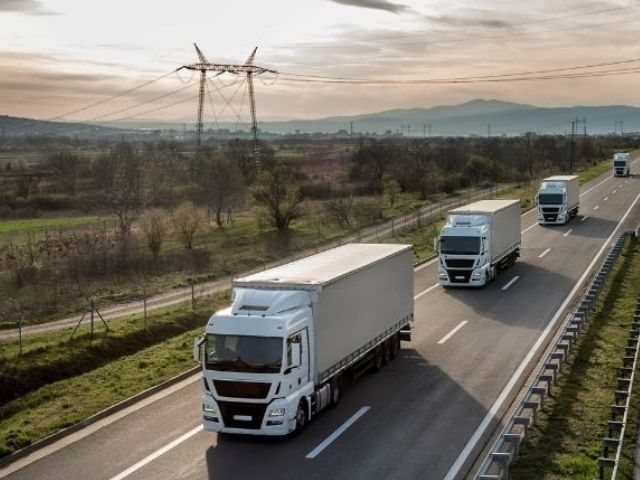

06 Sep 2022
This strategic business plan studies alternatives for transport companies, independent carriers, and the public sector to reduce emissions in the road freight transport sector. The plan studies three fields: (i) measurement and comparison of environmental performance, (ii) fleet renewal and (iii) efficient driving.
Our proposals are based on the academic literature and the information that businessmen, carriers and public employees have shared in workshops, focus groups and meetings of the Giro Zero project.
Section 4.1 discusses the measurement and comparison of environmental performance. It presents an international methodology for calculating and reporting logistics emissions. It then presents a Public Indicator Board, created by the Giro Zero team based on information from the Colombian Ministry of Transportation. This tool allows national carriers to compare their emissions with the competition. Section 4.1 also presents data for comparison with international carriers.
Section 4.2 studies the decision to renew the truck fleet. Compare the costs and benefits of different propulsion technologies: diesel, gas, electric and hydrogen. It finds that the decision to renew the fleet, and the propulsion technology chosen, depends on multiple factors: the prices of the trucks, the operational savings, the route in which the trucks are going to be used, the fiscal and regulatory benefits, and the truck features. The section presents costs and benefits for each propulsion technology considering these factors.
Section 4.3 proposes strategies to reduce emissions, accidents, and operating costs based on more efficient driving. It includes estimates of gains in energy efficiency that allow different driving practices, broken down by propulsion technology: diesel, gas and electricity.
Section 4.4 presents two alternatives to monetize emission reductions: carbon tax non-accrual and carbon credits.
Section 5 proposes public strategies to accelerate the renewal of trucks: reduction of paperwork, reduction of downtime, carbon taxes, caps and carbon markets, vehicle tax that increases with the age of the truck, and incentives and audits of emissions measurement. .
In summary, this document presents alternatives that transport companies, carriers and the public sector can use to reduce emissions in the freight transport sector. The viability of alternatives for each company depends on multiple factors: the routes it covers, the type of operation, the cost of financing, and access to fiscal and regulatory incentives, among others. Not all companies follow the same path to zero emissions, and not all companies have the same starting point.